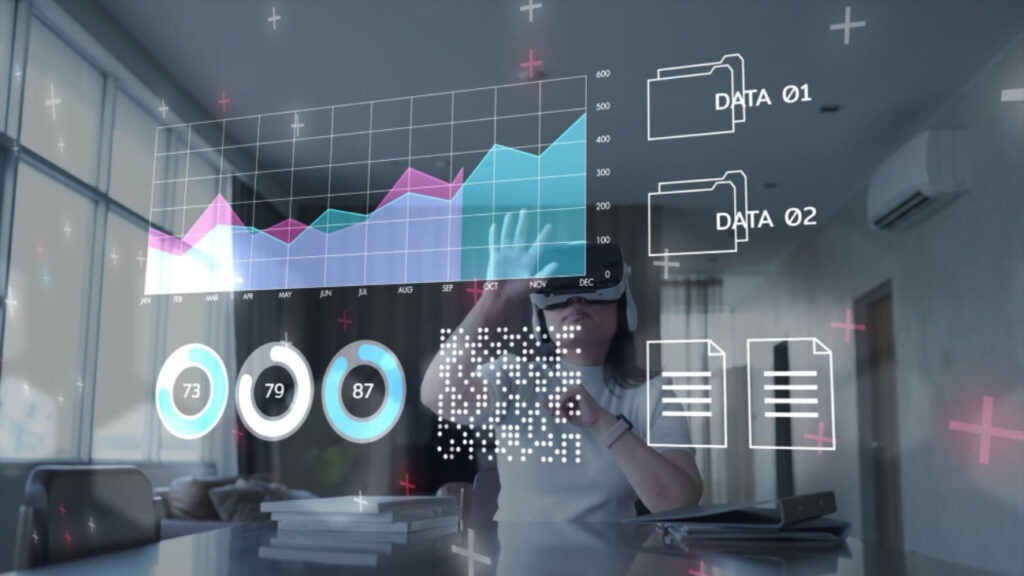Telematics stands for the use of telecom and informatics stated Bahaa Abdul Hussein. Used in the automobile industry, telematics allows for monitoring vehicles by collecting comprehensive data from it all times. Telematics is now being used for automobile insurance, and is proving to be a boon for customers. We look at how telematics impact pricing and customer experience in automobile insurance.
Telematics in Auto Insurance
You may have thought about how you don’t use your car much and yet have to pay high premiums. How would it be if a device tracks your car usage, the way you drive, and uses it to decide your premium? Yes! This is possible now thanks to telematics. A telematics device in an automobile would have a GPS device, sensors, and technology to communicate. The device would get data from the automobile, which can then be used by insurers.
How does it work?
The telematics device is connected to the vehicle through a port. It can collect data from the car and then communicate it via a cellular network. It can thus be used to enable real-time tracking of an automobile, whether is a car, truck, or any other vehicle. The sensors in the device can detect and collect lot of information, like:
- The speed of the automobile.
- How braking is used, whether sudden braking is used.
- Acceleration of the vehicle, to determine if driving is safe.
- Location of the vehicle.
- Sharp turns taken or sudden stops.
While all this data is useful for the vehicle owner, it is even useful for the insurer. An insurer offers automobile insurance after assessing risk. Presently, risk assessment is standard and based on age of the vehicle, model, past history, etc. With telematics, the insurance risk assessment is enhanced.
The insurer will be able to detect how safe or risky the vehicle is being driven. Risk can also be determined based on the location or areas where the vehicle travels. The data from the telematics device can help insurers carry out perfect risk assessment.
The risk assessment leads to various benefits like:
- Better pricing where low risk users get low premiums.
- Reduced claims and losses.
- Improved customer experience leads to enhanced loyalty.
- Fraud detection become easier and can be prevented.
- Claims process is more efficient.
- Data-driven processes can be used for underwriting and claims process, thereby improving overall efficiency.
Telematics can thus help customers get better pricing and enhance their overall experience. The article has been written by Bahaa Abdul Hussein and has been published by the editorial board of Fintek Diary. For more info, please visit www.fintekdiary.com.








